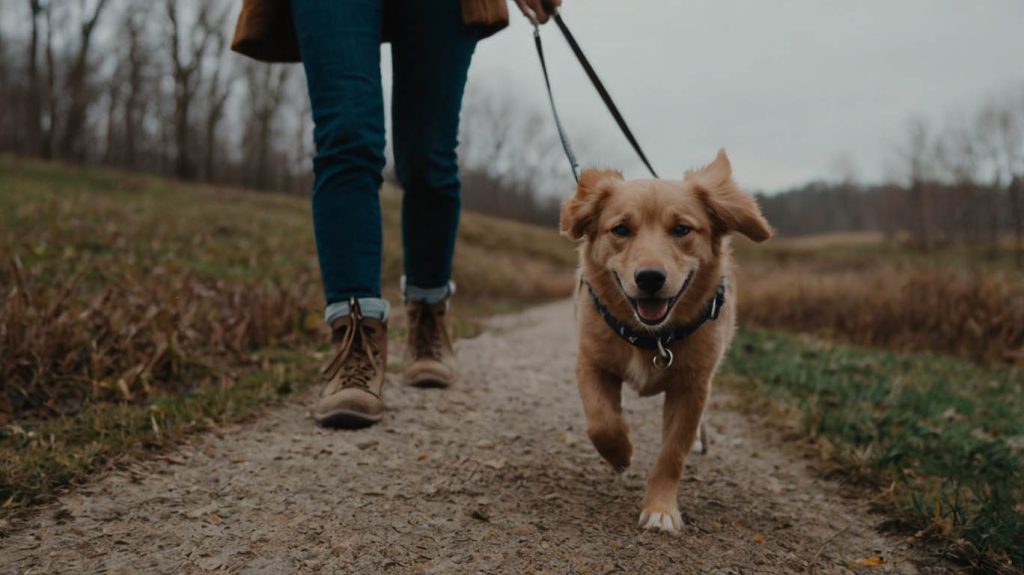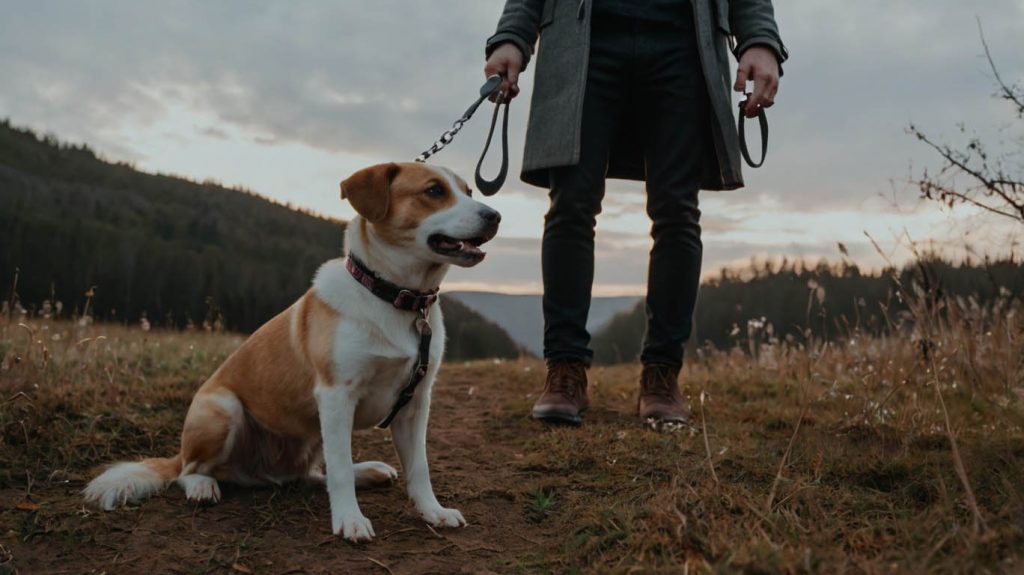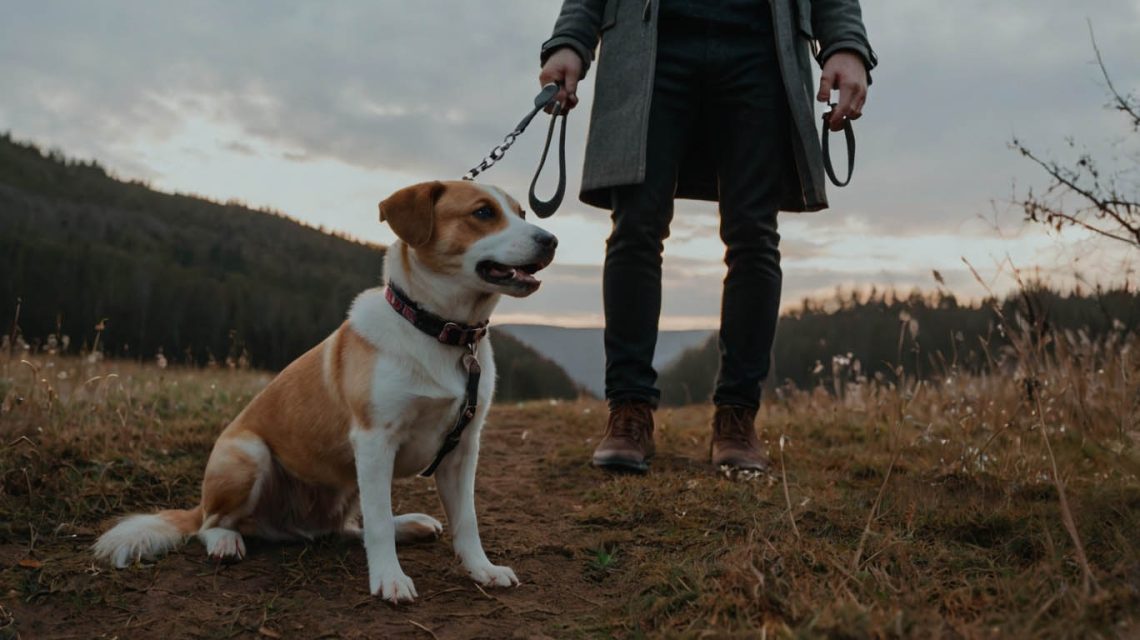Dog Leash Training Tips: Your Ultimate Guide to a Peaceful, Pull-Free Walk
The story is one every frustrated dog owner knows by heart: the second you clip on the leash, your calm companion transforms into a lunging, pulling machine. Your arm aches, you feel stressed, and the dream of a relaxing stroll is replaced by a chaotic tug-of-war. If this is your reality, you are in the right place to find effective dog leash training tips that actually work. This struggle is not a sign of a “bad dog”; it is a sign of a communication breakdown.
This comprehensive guide will walk you through the entire journey of transforming your walks from a dreaded chore into a joyful partnership. First, we will establish the crucial mindset and gear you need for success. Then, we will provide a step-by-step action plan with positive, proven training techniques. Consequently, you will learn to replace the pulling and frustration with a calm, attentive dog walking happily by your side.
The Foundation: The Mindset and Gear for Successful Leash Training
First and foremost, before you implement a single training technique, you must reframe the problem. Your dog is not pulling to dominate you or to be stubborn. They are pulling because they are excited, they want to get to the next interesting smell, and most importantly, because it works. Every step they take while pulling reinforces the behavior. Therefore, the core of these dog leash training tips is to teach your dog that a loose leash is the magic key that makes the walk happen, while a tight leash brings the fun to a halt.

Choosing the Right Gear: Essential for Dog Leash Training Tips
The right equipment sets you up for success and ensures your dog’s safety and comfort.
- The Leash: Choose a standard, 6-foot leash made of leather or nylon. Avoid retractable leashes. Retractable leashes teach dogs the exact opposite of what you want: that pulling extends their range. They also offer very little control in an emergency situation.
- The Harness (Not the Collar): While you can train with a flat collar, a well-fitting, front-clip harness is a game-changing tool. When a dog pulls on a front-clip harness, it redirects their forward momentum back toward you, gently turning them without putting any pressure on their sensitive throat. This is a much safer and more effective option than attaching the leash to a collar, which can cause choking and damage to the trachea. The American Kennel Club (AKC) provides excellent information on the benefits of harnesses for training.
Step-by-Step Guide: Implementing the Best Dog Leash Training Tips
With the right mindset and gear, you are ready to begin. Remember, consistency and patience are your most powerful allies.
Step 1: Start Before You Even Leave the House
The excitement and pulling often begin long before you open the door. The jingle of the leash or the sight of you putting on your shoes can send your dog into a frenzy.
- Desensitize the Cues: Throughout the day, pick up your leash and then put it back down without going anywhere. Put on your walking shoes and then sit on the couch. This teaches your dog that these cues don’t always mean a walk is imminent, which helps to lower their initial excitement level.
- Practice Calmness at the Door: Teach your dog to sit calmly while you clip on the leash. If they jump around, stand up straight and ignore them until they offer a calm behavior. This is one of the most important foundational dog leash training tips.
Step 2: Teach Your Dog That a Loose Leash is Rewarding
Your goal is to make being near you the best place to be.
- The “Silky Leash” Game: In a quiet area like your hallway or backyard, hold the leash so it has a gentle “J” curve in it. Start walking. The instant the leash is loose, mark the moment with a “Yes!” and give your dog a high-value treat. This teaches them exactly what you’re looking for.
- Choose High-Value Rewards: For leash training, your dog’s regular kibble probably won’t cut it. Use small, pea-sized pieces of boiled chicken, cheese, or soft training treats. Explore our internal guide on [The Ultimate Guide to the Best Treats for Training Puppies] for more ideas.
Step 3: What to Do When They Pull – Core Dog Leash Training Tips
This is where you teach your dog that pulling is counterproductive.
- The “Be a Tree” Method: The moment you feel the leash tighten, stop moving. Stand perfectly still and silent like a tree. Do not pull back or yank the leash. Simply wait. The instant your dog releases the tension on the leash—even by taking a half-step back or turning to look at you—say “Yes!” and start walking again. This directly teaches them: Tight leash = fun stops. Loose leash = fun starts.
- The 180-Degree Turn: When your dog gets to the end of the leash and starts to pull, cheerfully say “Let’s go!” and turn 180 degrees, walking in the opposite direction. When your dog catches up and the leash is loose, reward them. This method is incredibly effective for teaching a dog to pay attention to where you are going.

Troubleshooting Common Leash Training Problems
- Overwhelming Distractions: Don’t start your training on a busy street with squirrels and other dogs. Begin in a low-distraction environment like your backyard or a quiet cul-de-sac. Gradually work your way up to more challenging environments as your dog’s skills improve.
- Frustration (Yours and Theirs): Keep your training sessions short and positive. Five to ten minutes of focused training is far more effective than a 30-minute frustrating battle. Always end on a successful note.
Conclusion: From a Tug-of-War to a Team Walk
Mastering these dog leash training tips is a journey that builds a stronger bond between you and your dog. It transforms the leash from a tool of restraint into a line of communication. With consistency, patience, and a pocket full of treats, you can teach your dog that walking calmly by your side is the most rewarding way to explore the world together. The peaceful, enjoyable walks you’ve been dreaming of are absolutely within your reach.


